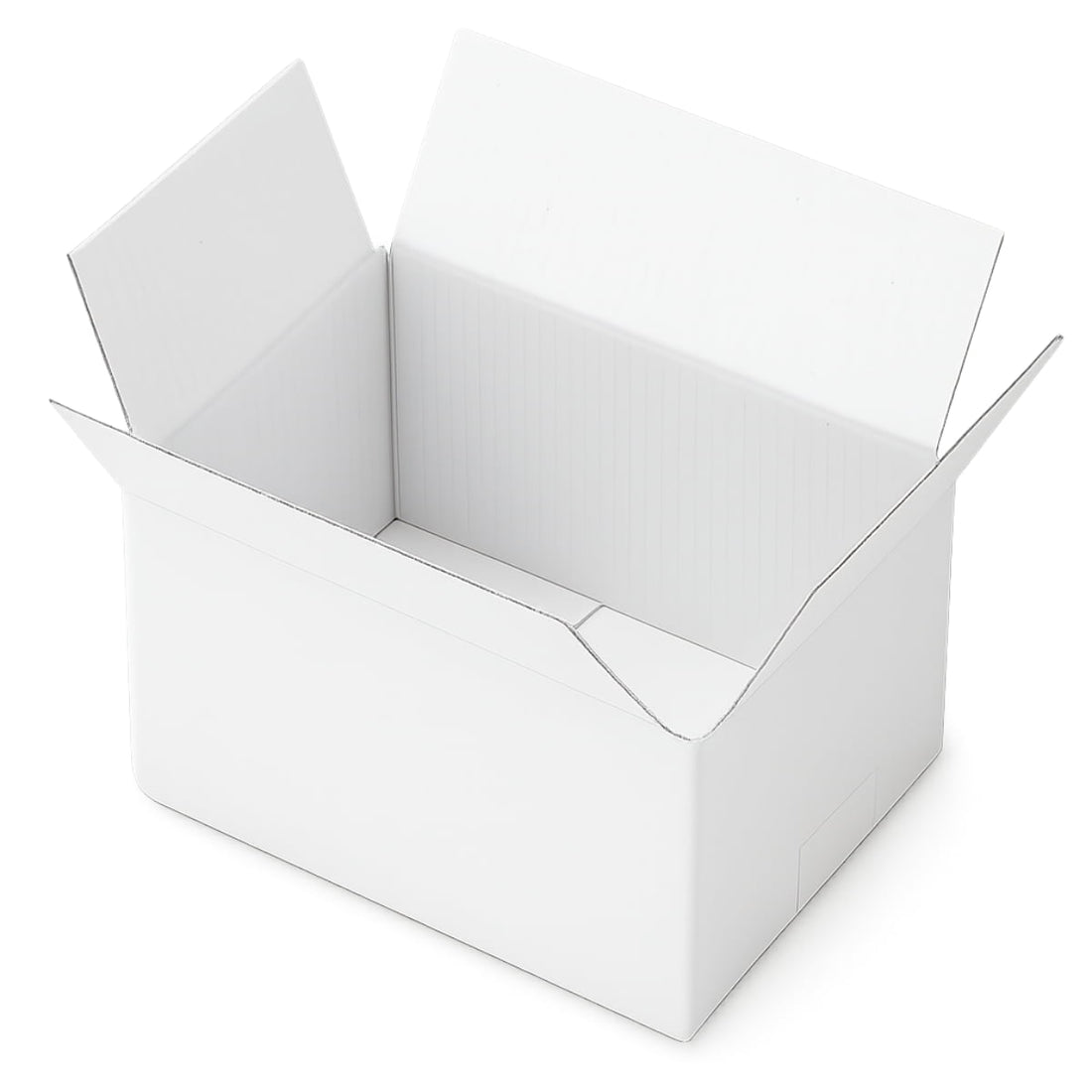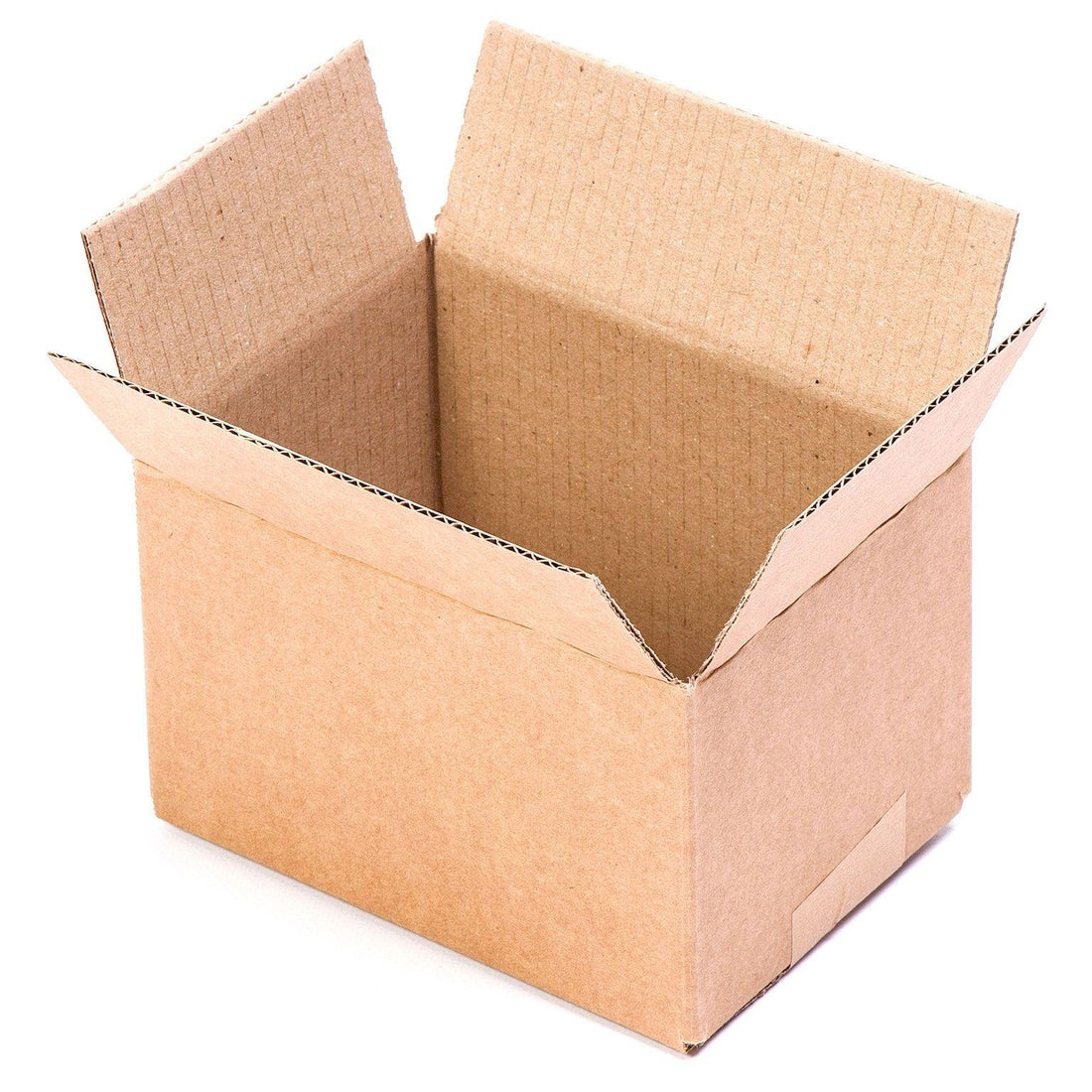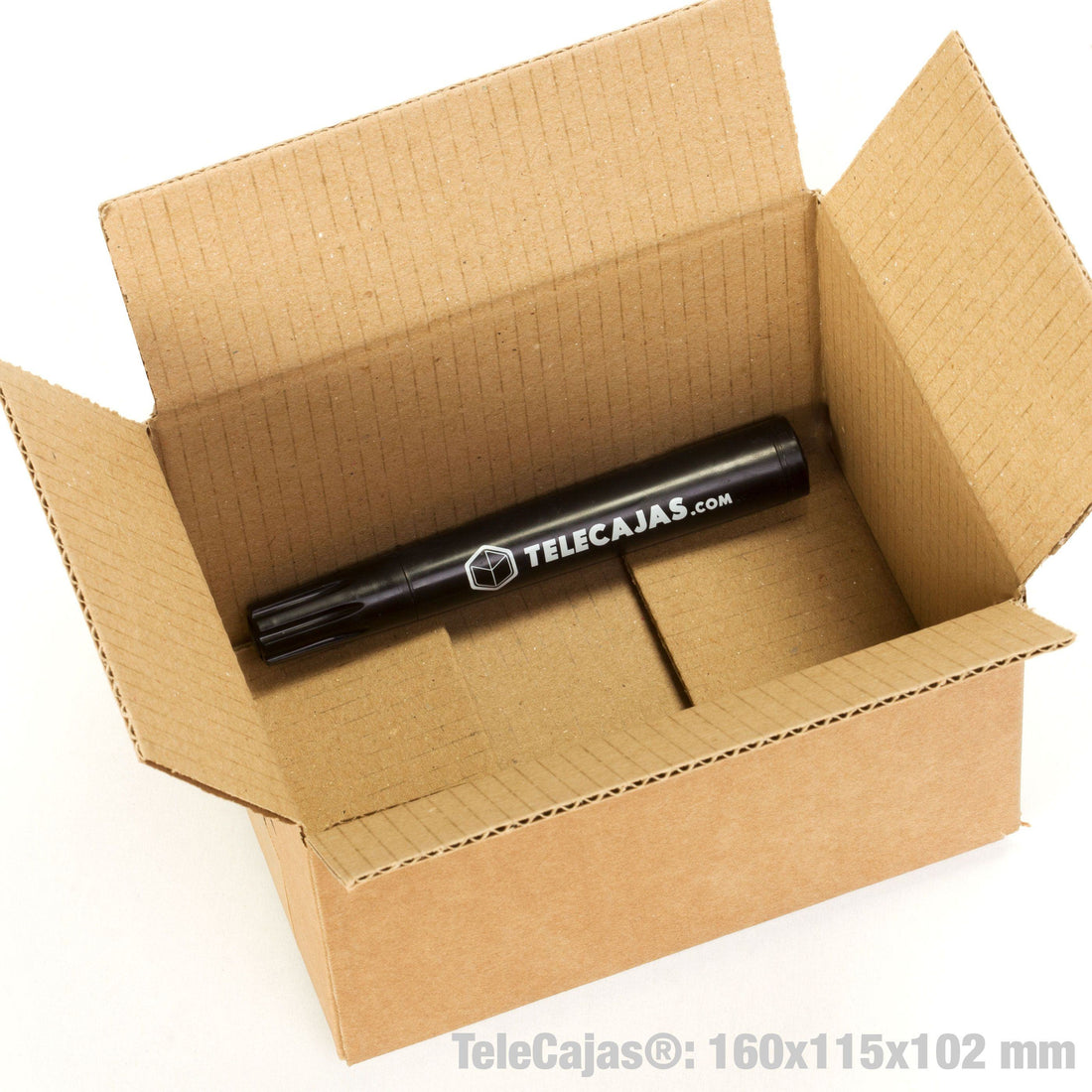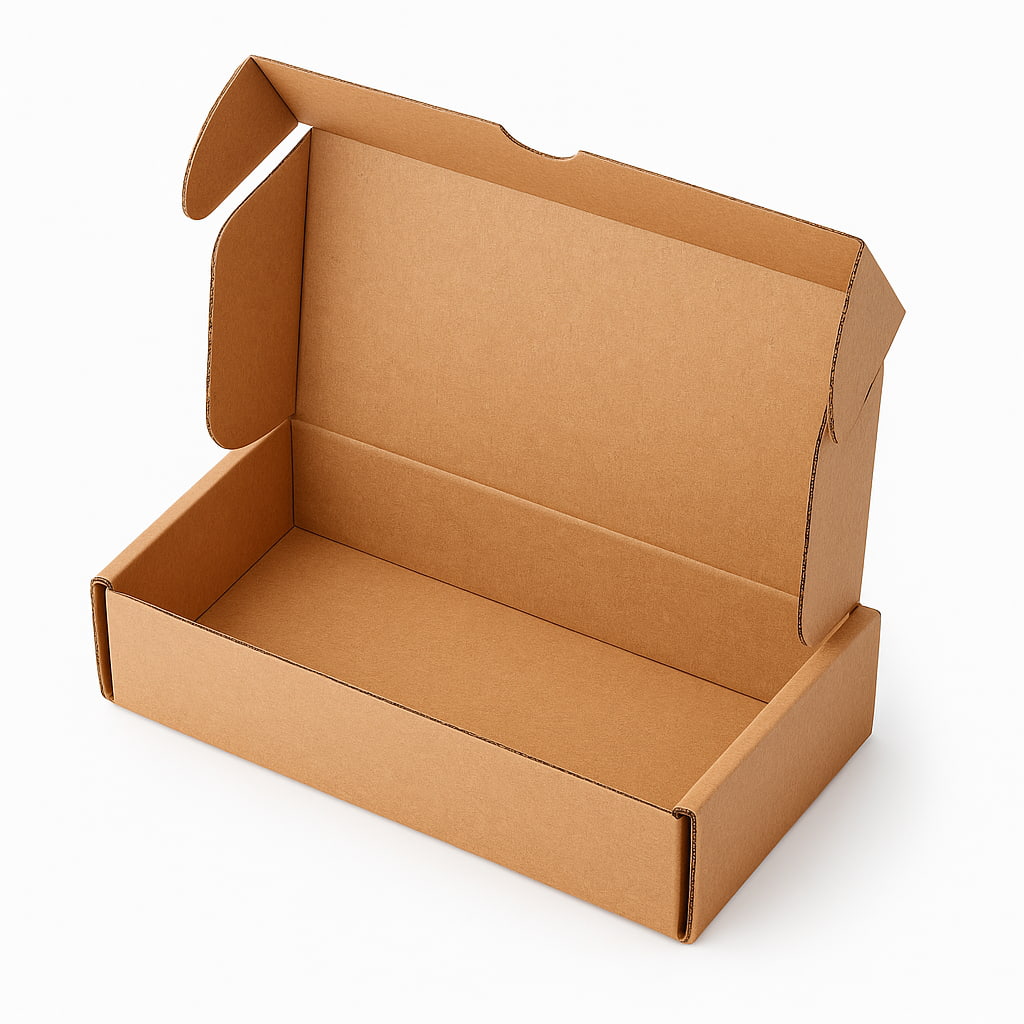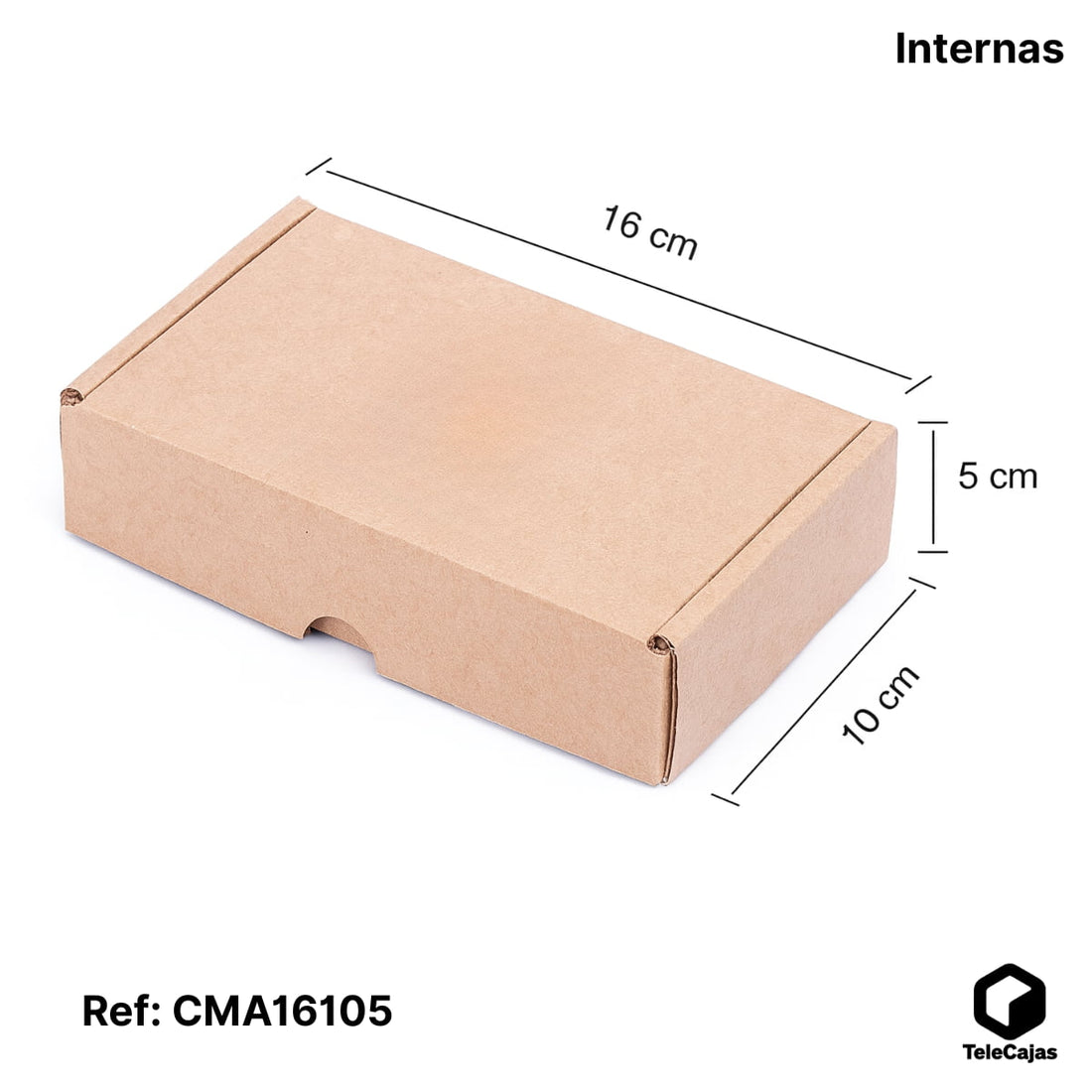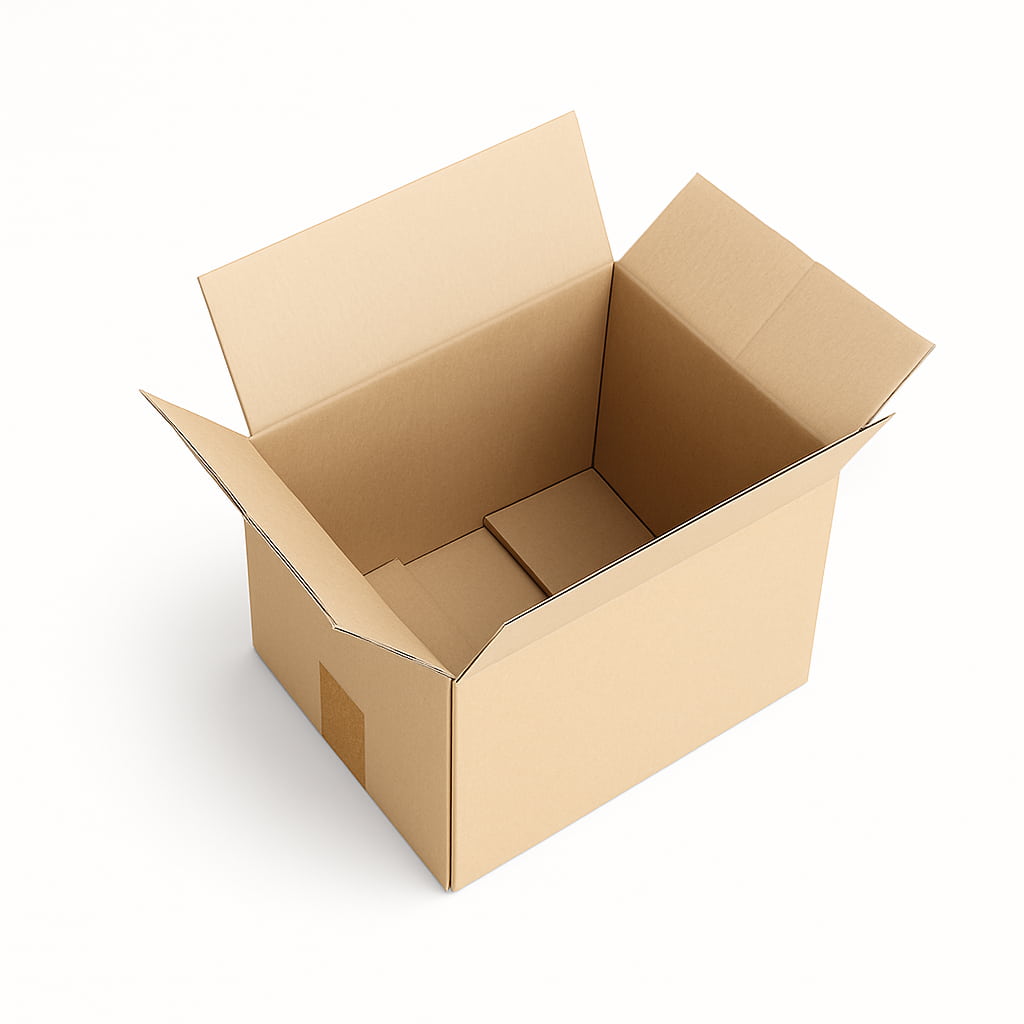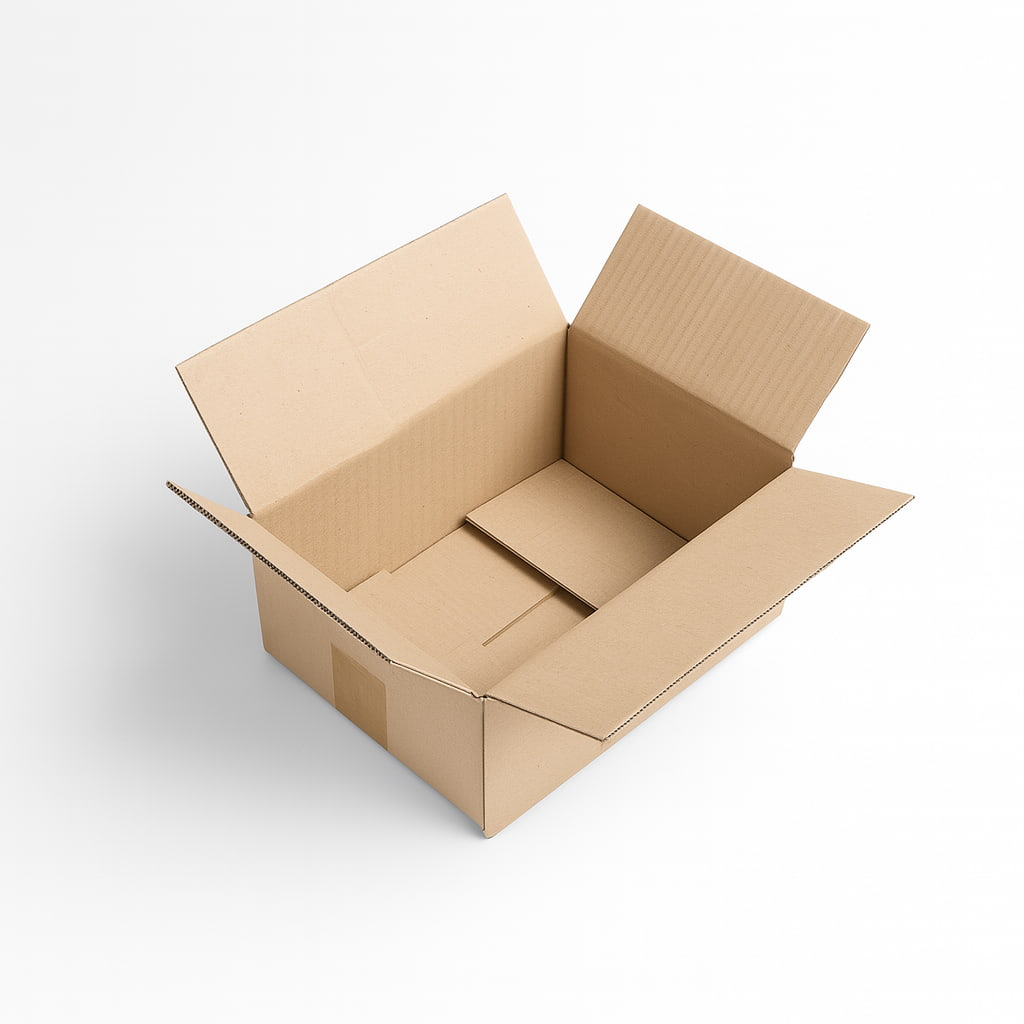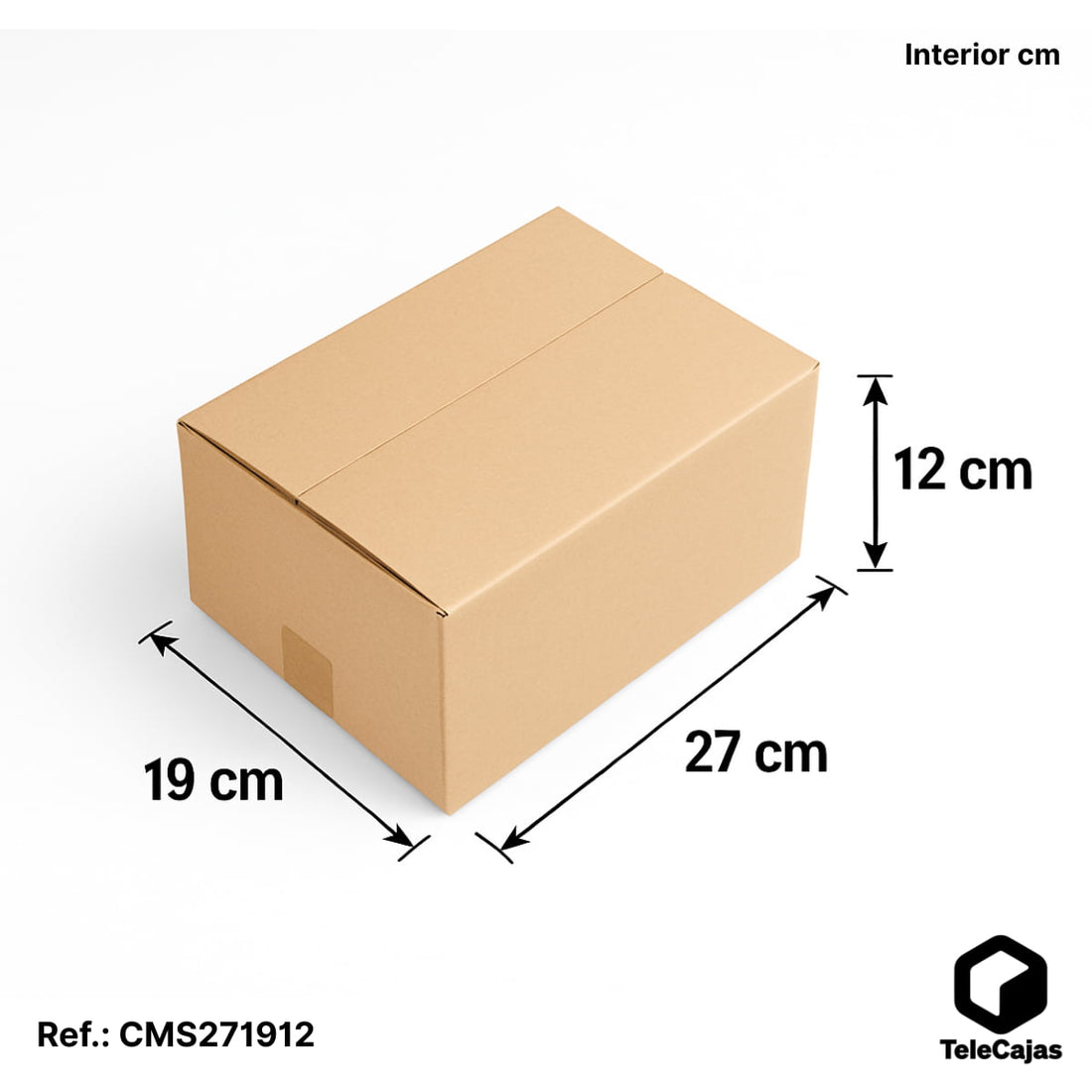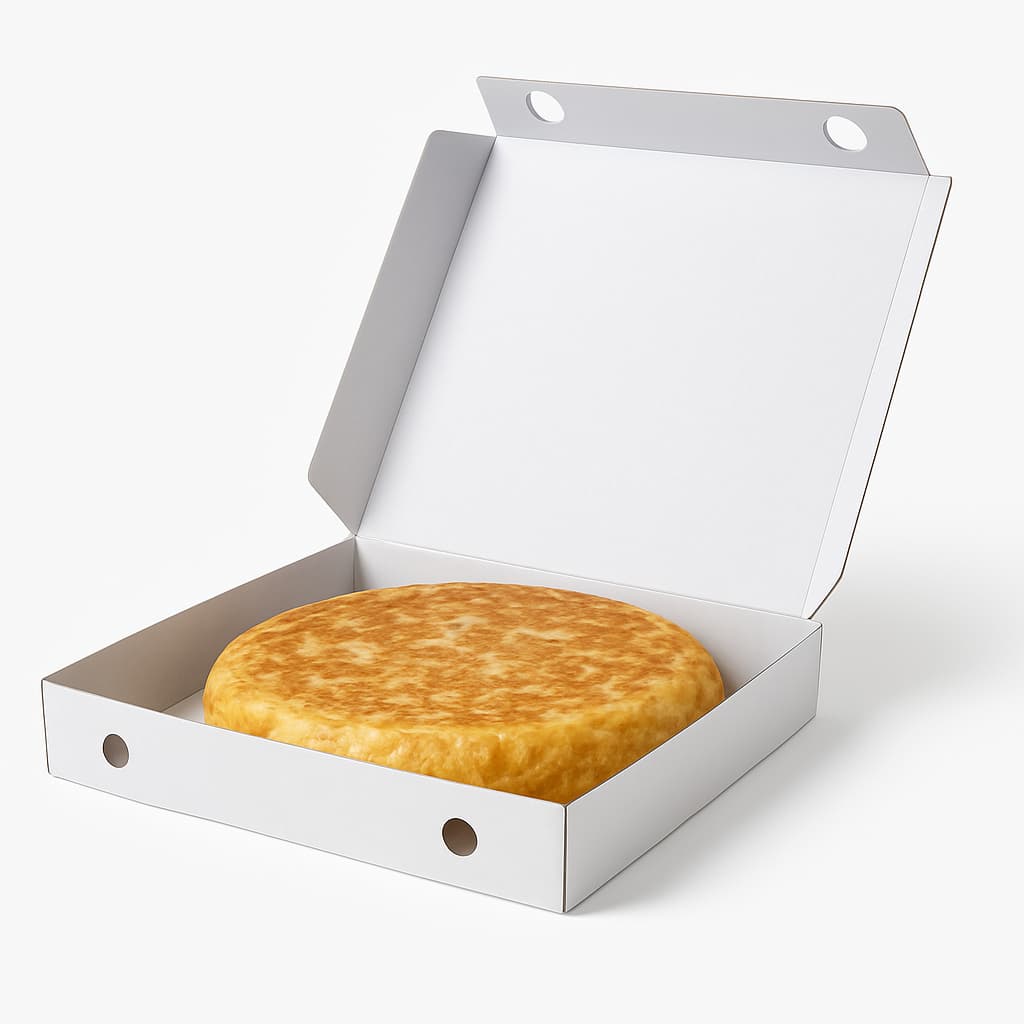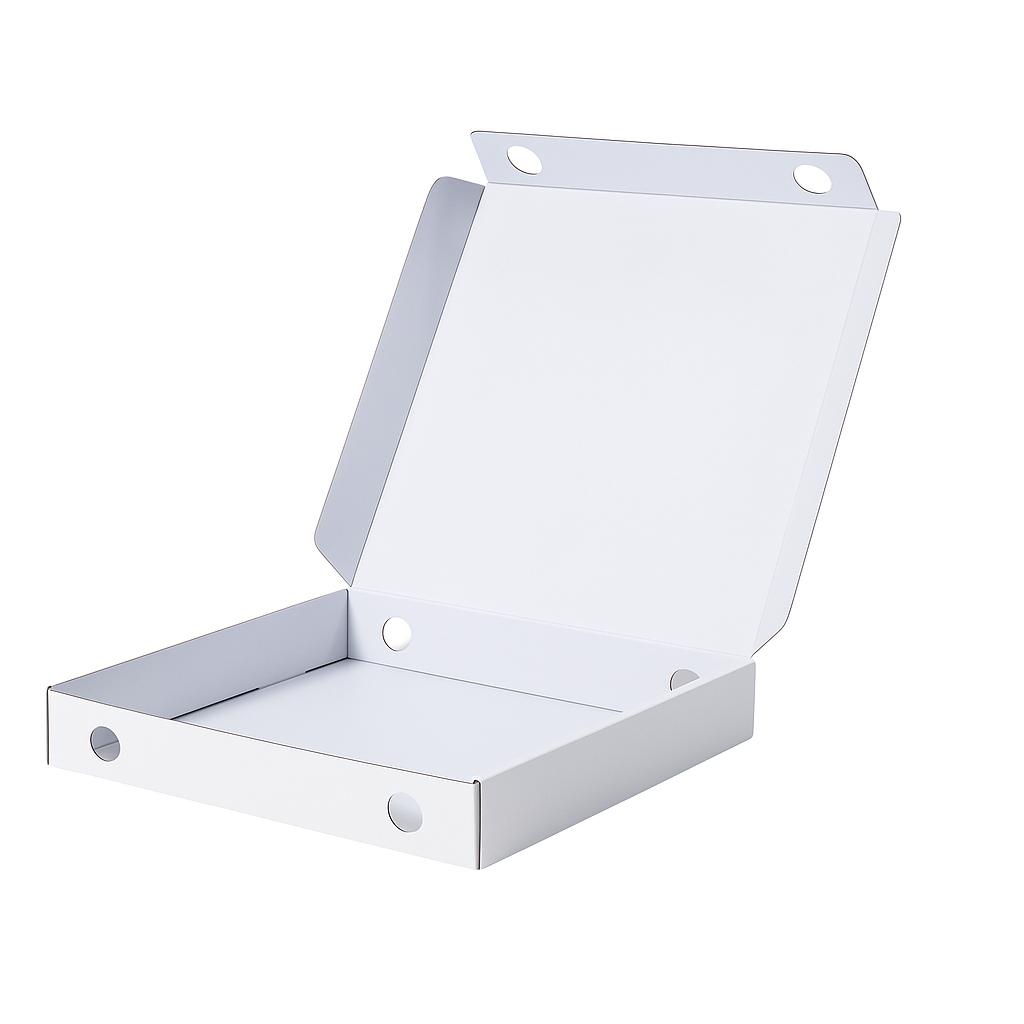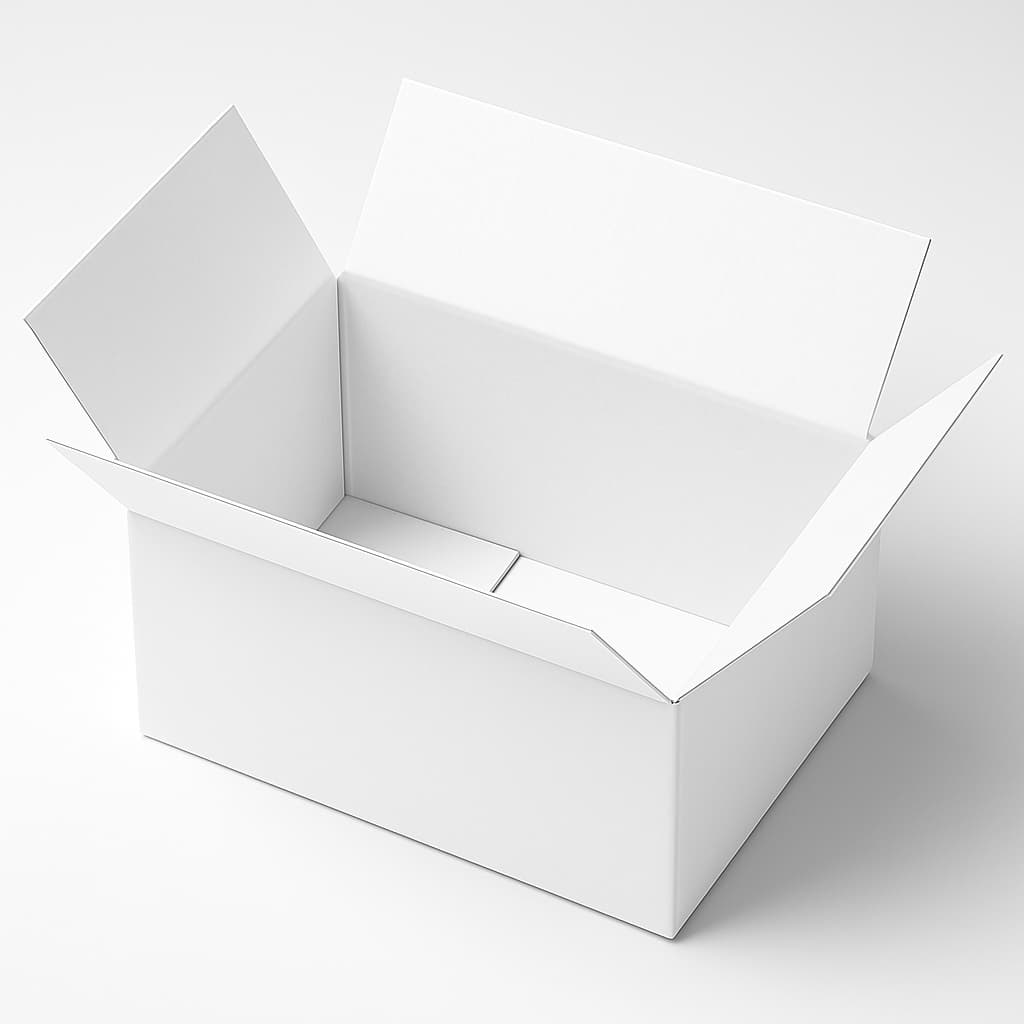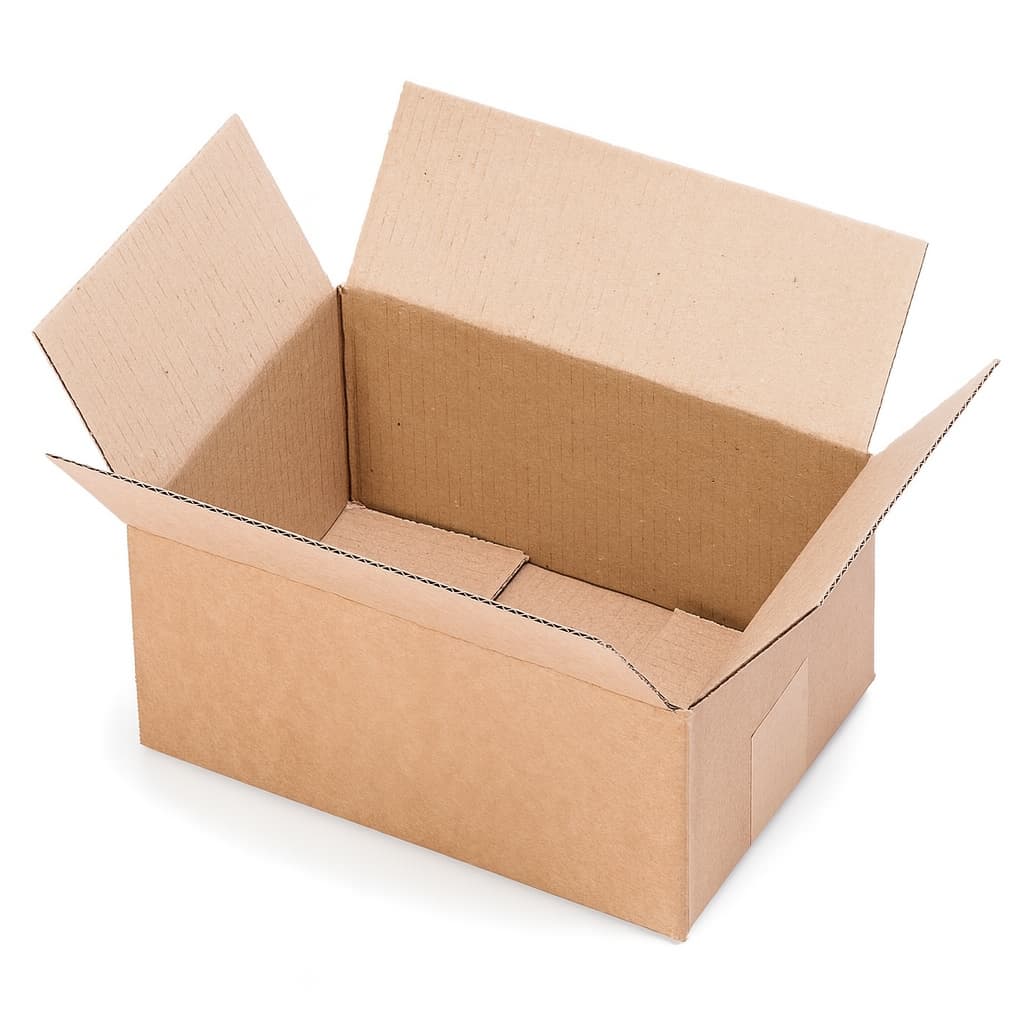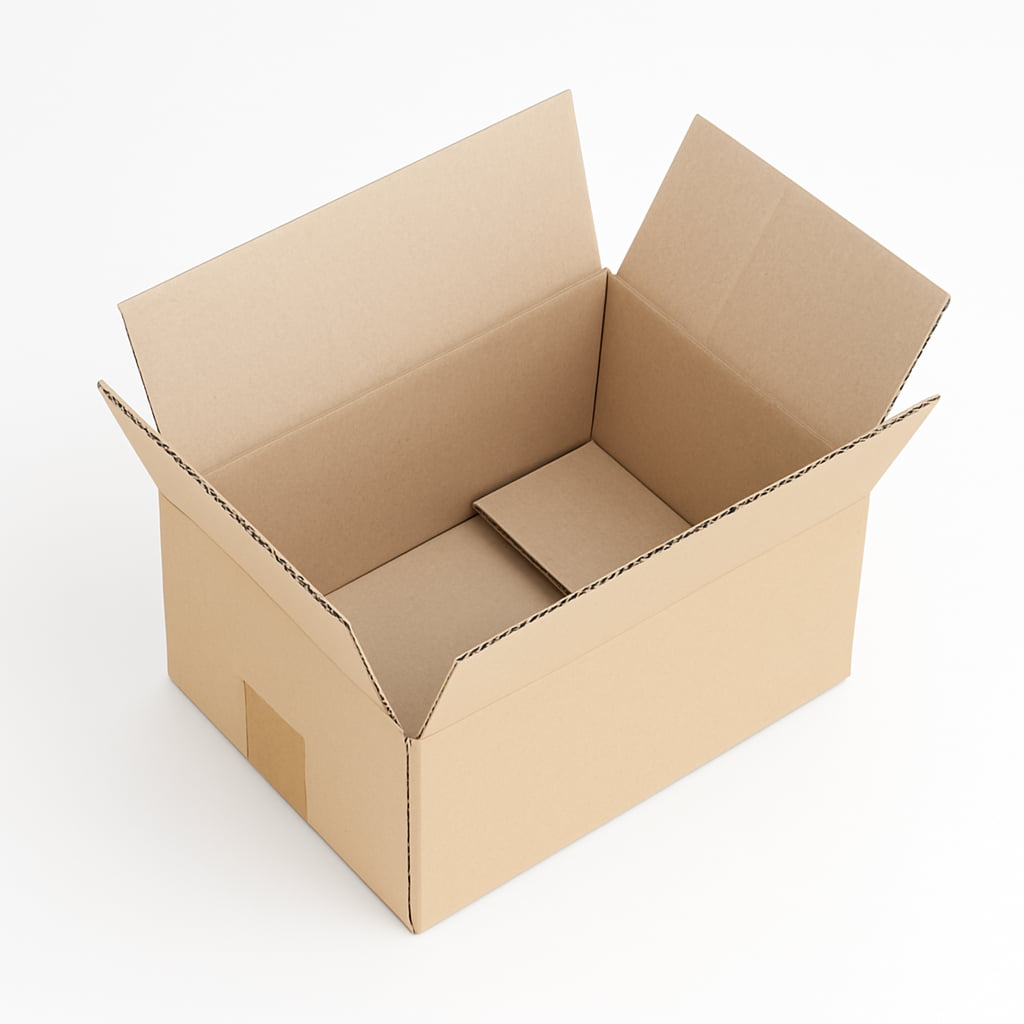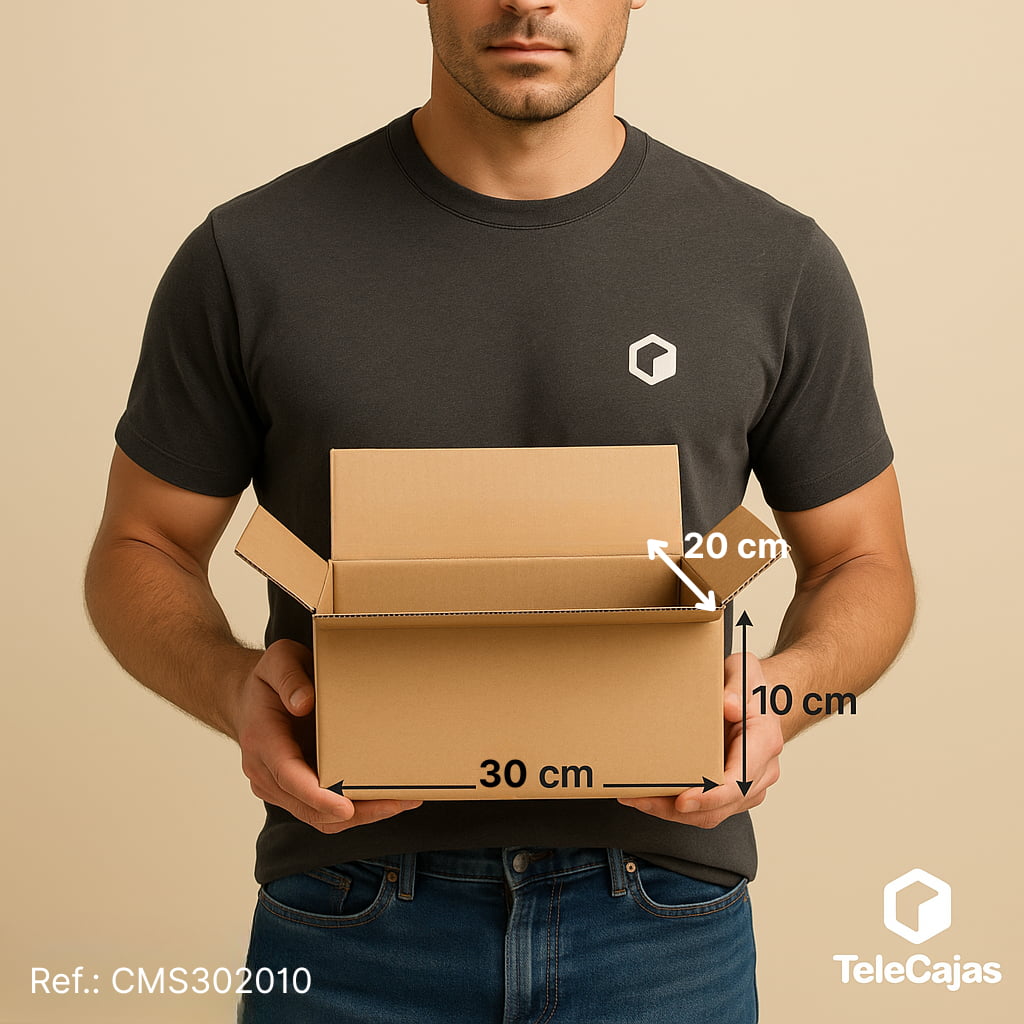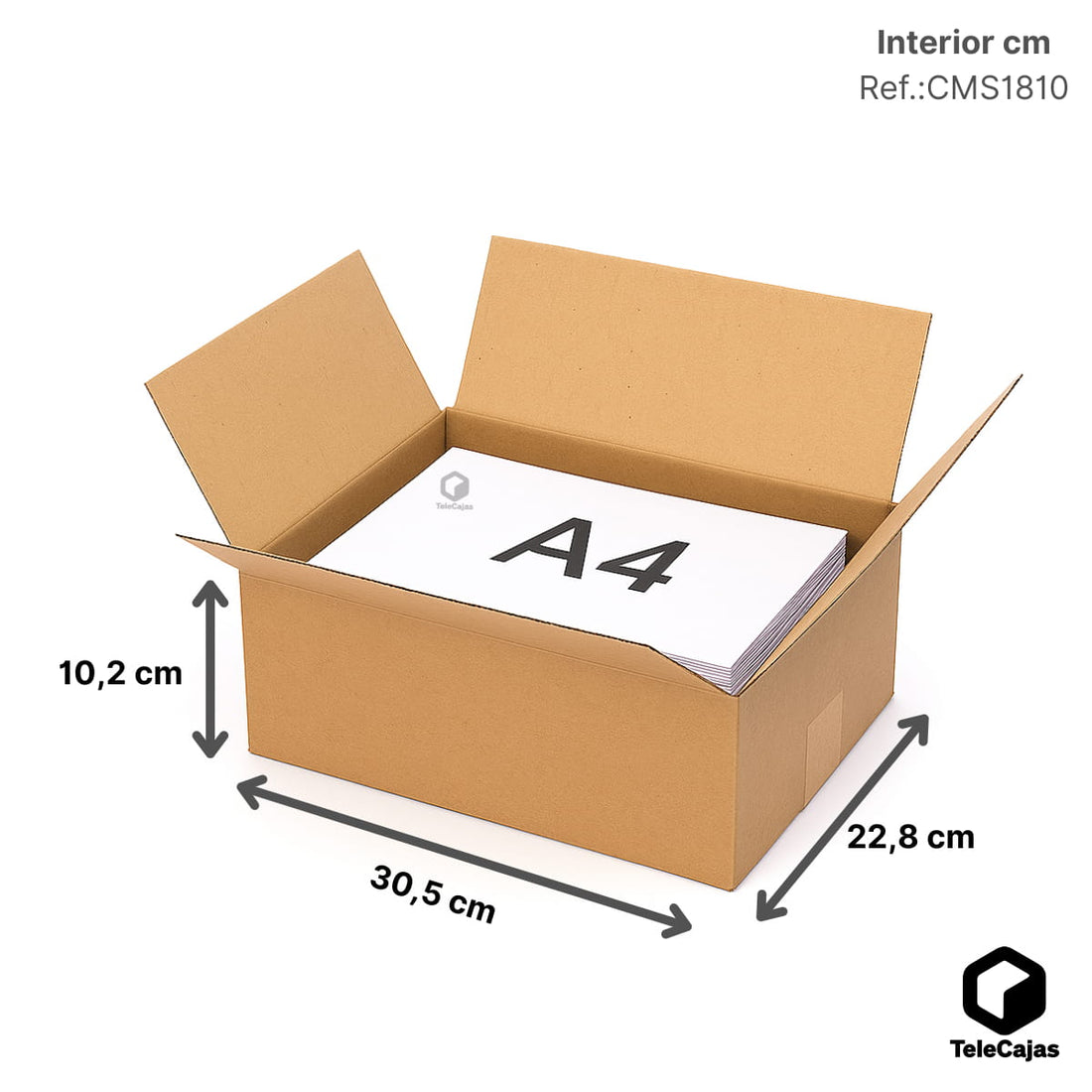Organized Chaos
When it's time to move, it's normal to feel a sense of panic. The mere thought of packing your entire life into moving boxes can generate considerable stress. Where do I even begin? How many boxes do I need? Will I survive this chaos?
If you've ever felt this way, you're not alone. Moving has a bad reputation for good reason. But what if I told you that much of that anxiety stems from a number of common mistakes and myths that are repeated time and time again? As a professional organizer, I've seen it all and learned the secrets to transforming a chaotic move into a satisfying experience.
This guide won't just give you tips; it will teach you to think like a pro, anticipating problems you didn't even know existed. Get ready to shift your focus from "surviving the move" to " mastering the move ."

Key Points: Secrets to a Happy Moving
1. You always underestimate the amount of stuff you have
This is the number one and most universal mistake: looking at a room and thinking, "I'll pack this into ten boxes." Reality almost always doubles or triples that estimate. Our experience as professionals shows us that most clients think they'll use 40 or 50 boxes, but in the end, it's usually more like 80 or 90.
I propose a quick experiment : sit in front of your kitchen or living room and estimate how many boxes you would need. Now, open all the cupboards, drawers, and shelves. If you estimate again, you'll see how your initial calculation fell far short.
Professionals even have general rules for this. One of the most surprising comes from a moving company, which calculates one box per square meter of the home. Other industry rules, while less surprising, are also useful: some calculate half a box per square meter, while others estimate between 5 and 10 boxes per room. The truth is almost always somewhere in between, but they all point to the same thing: you need more than you think .
In Europe, on average, you need one moving box per square meter of your apartment. My old apartment was 45 square meters, so they quoted me 45 boxes. [...] On moving day, they kept asking where the rest of my things were and if I had a storage room in the attic/basement (which I did - but it was empty).

2. You are placing the plates incorrectly (and dangerously).
How do you pack your dishes? If your answer is "stacking the plates horizontally, like in the cupboard," you're making a mistake that can be very costly. Although it seems logical, stacking plates flat drastically increases the risk of breakage due to weight and vibrations during transport.
The professional technique is counterintuitive but infinitely safer. Pay attention to this golden rule:
ATTENTION: Plates, platters, salad bowls, are placed on their "edges" (in a vertical position), not flat.
When placed vertically, like vinyl records in a box, the forces of bumps and vibrations are transmitted through the strongest axis of the platter , from edge to edge. Stacked flat, the weight of the entire stack is concentrated on the bottom platter, which can break with a single impact.
3. Your suitcases are the secret weapon for the heaviest items
When moving, the biggest enemy of your back isn't a piece of furniture, but a box full of books . Paper is incredibly heavy , and its regular shape tempts us to fill boxes to the brim, creating bundles that can weigh over 30 or 40 kilos. The maximum recommended weight for a box is around 20 kilos to avoid serious injuries .
Here's a brilliant trick: use your wheeled suitcases. They're perfect for carrying books: sturdy, spacious, and, most importantly, with wheels that make moving those heavy loads effortless and safe for your back.
And if you run out of suitcases, remember the golden rule for books: always use the smallest boxes you have . Filling a large box with books is a surefire way to get a back injury.
4. The Most Costly Mistakes Occur Before and After Moving Day
We tend to focus so much on packaging that we forget two crucial steps that happen outside of D-day and that can cause major inconveniences.
The first mistake is not setting up utilities (water, electricity, gas, and internet) at your new home in advance. Providers are often slow and require procedures that can take weeks. Arriving at your new house and discovering you have no electricity or, worse yet, no internet, is a completely avoidable setback.
The second mistake is not unplugging appliances, such as the refrigerator, at least 24 hours in advance. Especially in the case of the refrigerator, this allows the compressor fluids and oils to settle completely, preventing serious damage to the motor when it is moved or plugged back in.

5. Not all boxes are suitable for everything (and garbage bags are useless)
Thinking that "any box will do" is a mistake that leads to broken items and wrinkled clothes. There are specialized boxes designed to optimally protect your belongings. The most important ones are:
- Wardrobe boxes : Tall boxes with a hanging rail for clothes directly on hangers. Ideal for suits, dresses, and shirts, preventing wrinkles.
- Boxes with dividers: They have internal cardboard dividers, perfect for transporting glasses, cups and other fragile glass objects without them bumping into each other.
- Reinforced double-layer boxes : These are essential for dishes, books, or any heavy or delicate items, as they better withstand weight and cushion impacts.
There are even more specific solutions, such as telescopic boxes for televisions or security filing cabinets for documents, demonstrating that for every object, there is a perfect packaging.
On the other hand, using garbage bags is one of the worst ideas. They're flimsy, don't protect against bumps, and can transfer odors to your belongings, especially your clothes.

6. The "Survival" Box: Your Best Ally on the First Night
After a long day of moving, the last thing you want to do is open dozens of boxes to find your pajamas, toothbrush, or phone charger. That's why professionals always prepare a "last-minute box" or survival box.
This box is prepared last and kept separate so it's the first one opened. It contains all the essentials you'll need immediately upon arriving at your new home: toiletries, a small first-aid kit, pajamas, chargers, a change of clothes for the next day, and anything else you consider indispensable. That way, you won't go crazy searching for the essentials on your first night.
7. Choose your helpers carefully: both friends and professionals
The success of a move also depends on the people who help you. If you have friends and family, let them know the exact date well in advance. A very common mistake is not specifying a date, and in the end, you find yourself facing the entire move alone because your friends already had other plans. And a pro tip: do something nice for them. Whether it's covering their transportation costs or inviting them to the first dinner in your new home, thanking them for their help is essential.
If you decide to hire professionals, do your research. Steer clear of those who advertise unrelated services, such as "painters, moving companies, and renovations." These types of profiles rarely offer guarantees and tend to disappear if you need to claim for any damages. Look for reviews from other clients and consider companies with quality certifications, such as ISO 9001, for added peace of mind.

Your Next Move, Your Best Move
As you've seen, a successful move isn't a matter of luck, but of strategy and knowledge. Knowing these professional secrets empowers you to anticipate problems, protect your belongings, and, above all, drastically reduce your stress level. The difference between a chaotic move and a controlled one lies not in the effort, but in the strategy. Now you possess the strategy the experts use.
Now that you know these secrets, what's the first thing you'll do differently when you move next?


